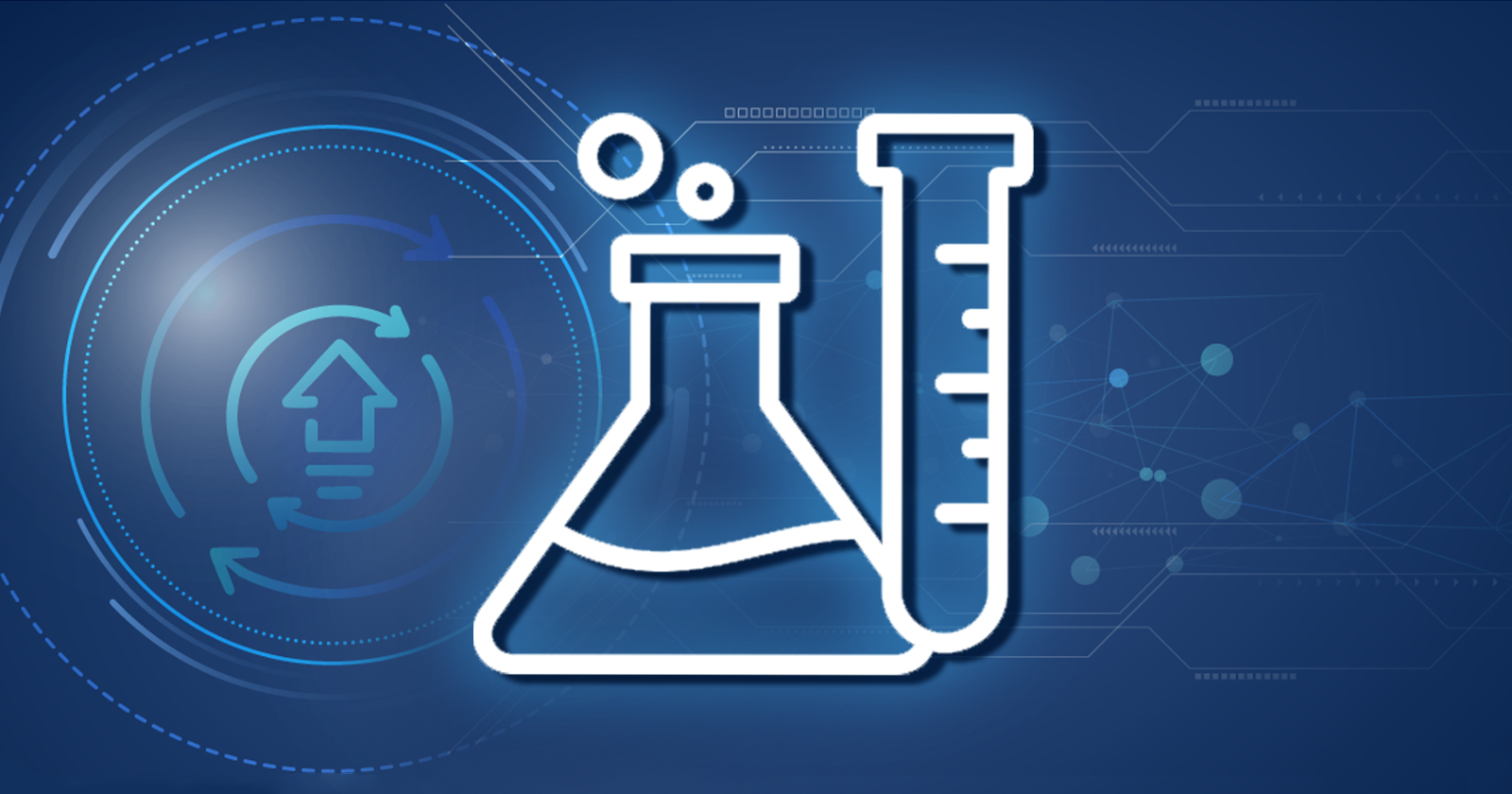2 minute read
Eliminating knowledge & information silos using Knowledge Graphs & AI
Break down data silos with Data Hubs, Knowledge Graphs, and AI. Streamline operations for enhanced efficiency and collaborative excellence.
Table of contents
In today’s fast-paced business landscape, the ability to quickly access and utilise information is crucial.
However, many organisations struggle with knowledge and information silos, which impede this vital flow of data. There are innovative technical solutions to this pervasive problem.
Data Hubs and Data Lakes
Data Hubs or data lakes break down data silos and provide integration of disparate data sources.
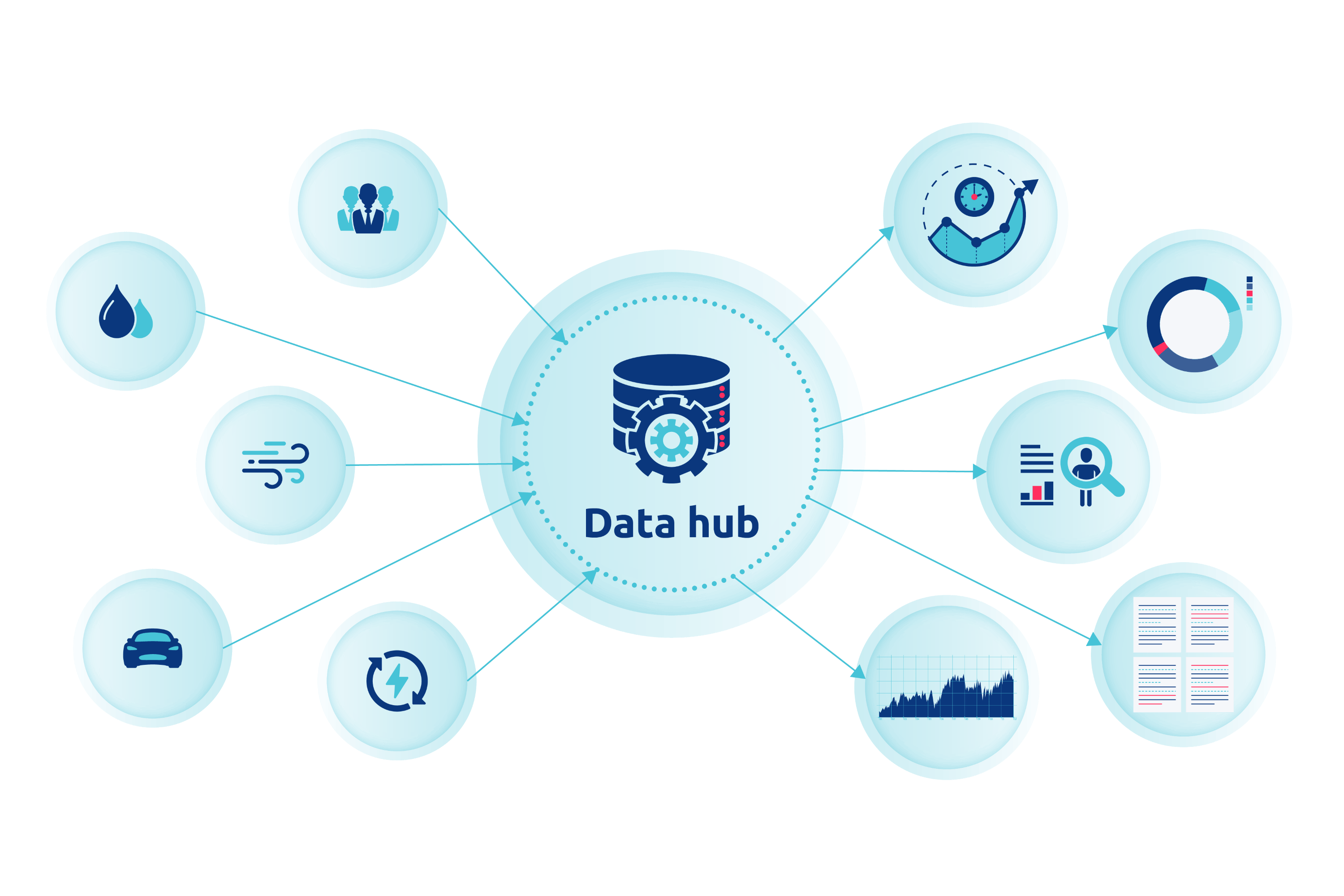
It offers a design for data management that ensures:
- Flexibility;
- Reusability;
- Augmented data integration.
This approach significantly streamlines data processes within enterprises.
Knowledge Graphs
The second step is to build a knowledge graph from unstructured and structured data sources using NLP, NER, classification, and other ML techniques.
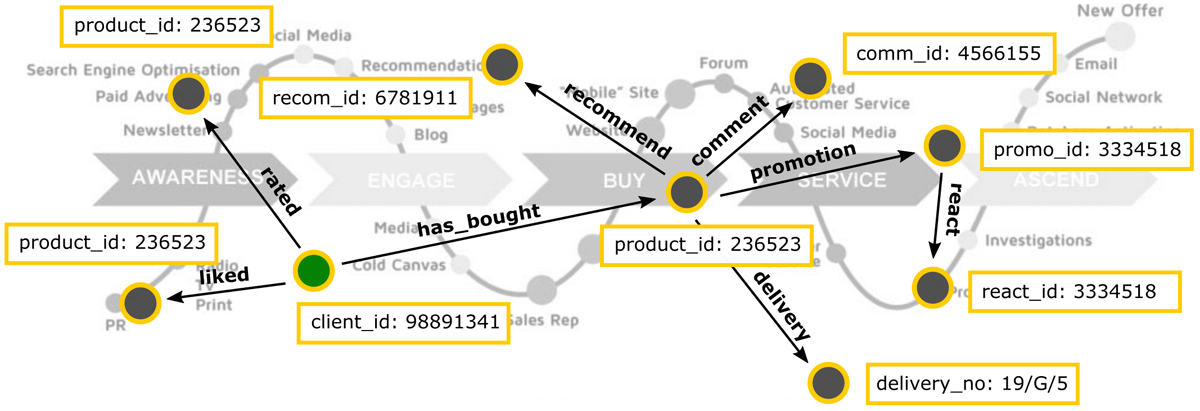
Source: Data Geeks
Knowledge Graphs provide a framework for organising and linking facts, allowing for more accurate and reliable AI applications.
They form a semantic layer that unites disparate data sources, making the information more accessible and useful.
The integration of AI
A key breakthrough is the integration of Artificial Intelligence (AI) and Large Language Models (LLMs) into enterprise systems.
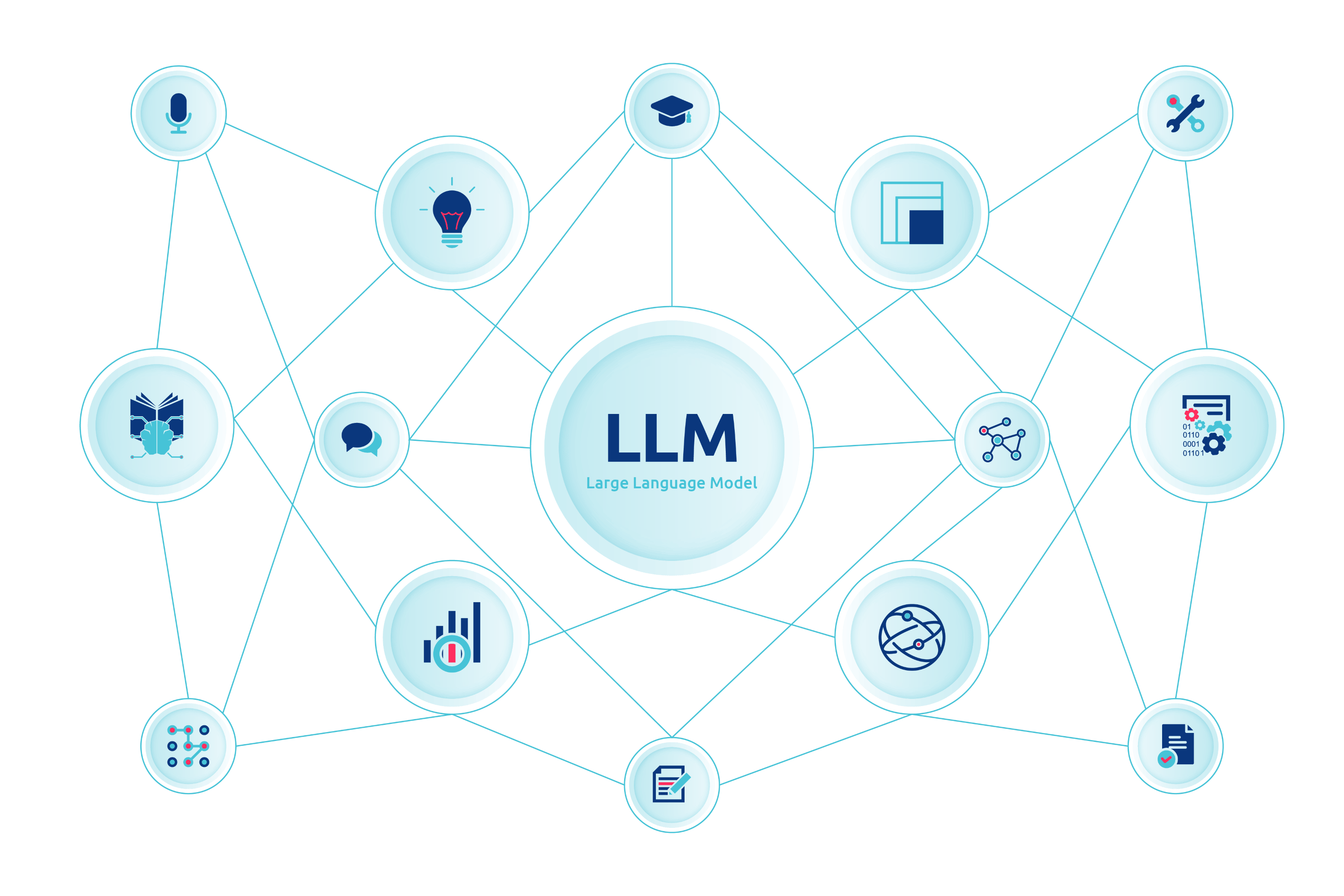
These technologies have revolutionised knowledge management by breaking down data silos and enhancing knowledge discovery. AI and LLMs enable the seamless processing and interpretation of vast data sets, turning unstructured data into actionable insights.
However, LLMs on their own have shortcomings which can be overcome and improved by integrating with Knowledge Graphs.
Conclusion
The fusion of Data Hubs, Knowledge Graphs, and AI represents a powerful tool for eliminating knowledge and information silos.
By implementing these technologies, businesses can not only enhance operational efficiency but also foster a more collaborative and informed organisational culture.
How can Datavid help?
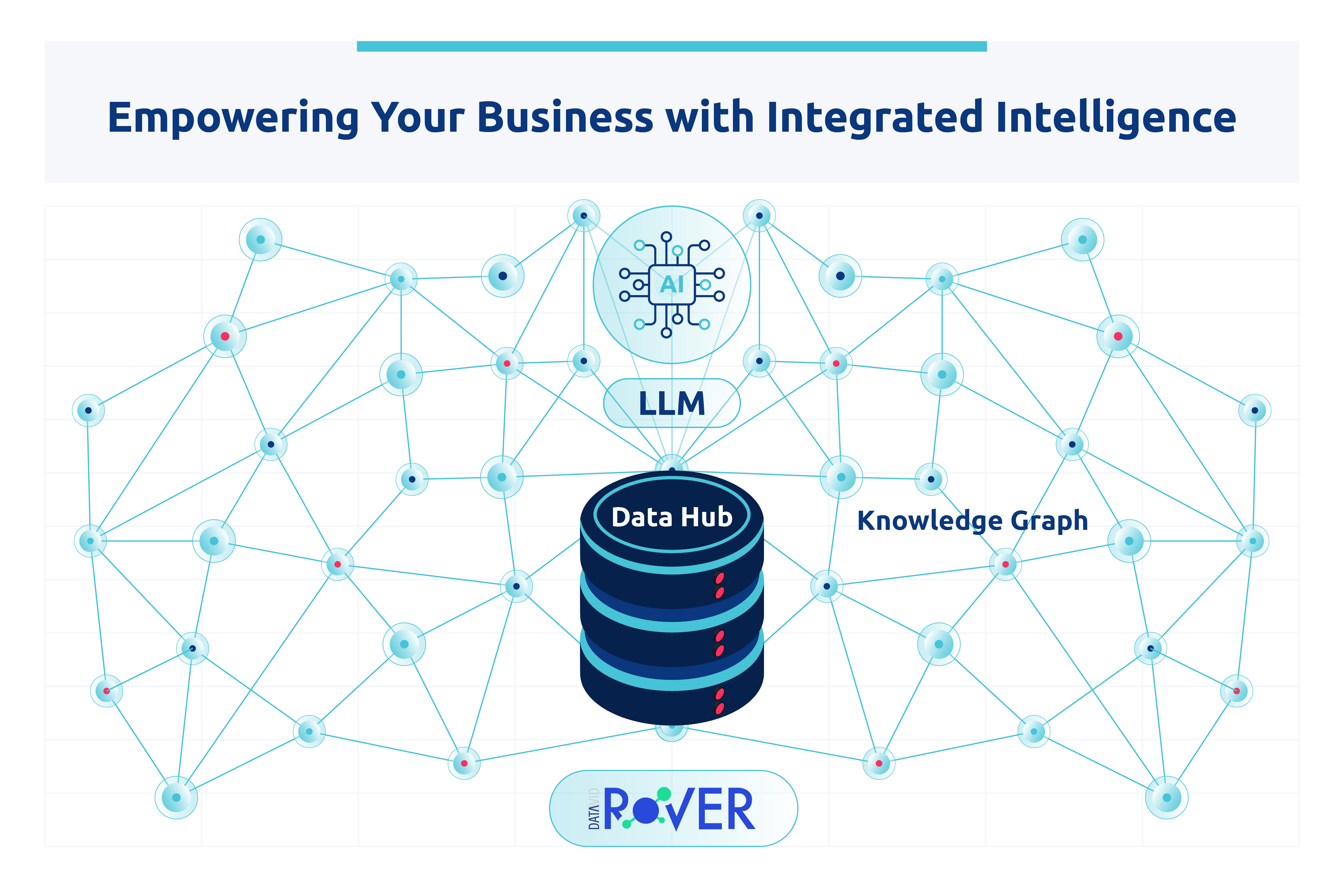
Datavid’s Rover platform is a fusion of data hub, Knowledge Graphs and AI which eliminates information silos and allows end users to discover new information/insights from existing data.
Frequently Asked Questions
What are data silos, and why are they a problem for enterprises?
Data silos occur when information is isolated within departments, tools, or systems—making it difficult to access, integrate, or analyse across the organisation. This leads to inefficiencies, duplication of effort, poor decision-making, and missed opportunities for insights that could emerge from connecting related data.
How do Knowledge Graphs help break down data silos?
Knowledge Graphs unify data from multiple sources by representing entities and their relationships in a structured, semantic way. They enable interoperability between systems, making previously siloed data accessible, searchable, and meaningful across teams—improving collaboration, data governance, and decision support.
Is it necessary to clean or restructure all data before building a Knowledge Graph?
Not entirely. While some data preparation is essential, modern semantic platforms can ingest unstructured and semi-structured data, enrich it with metadata, and gradually evolve the graph over time. Starting small with high-impact domains and iteratively expanding the graph helps manage complexity and deliver value early.



